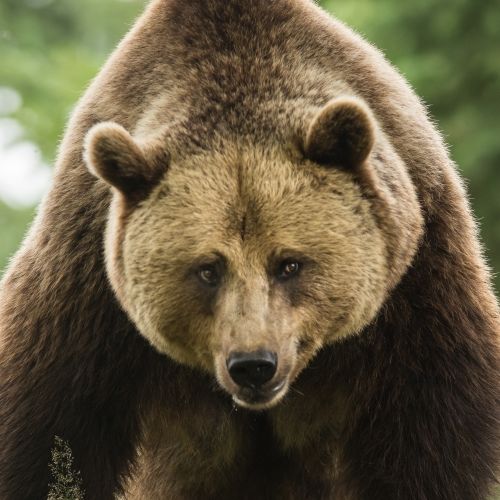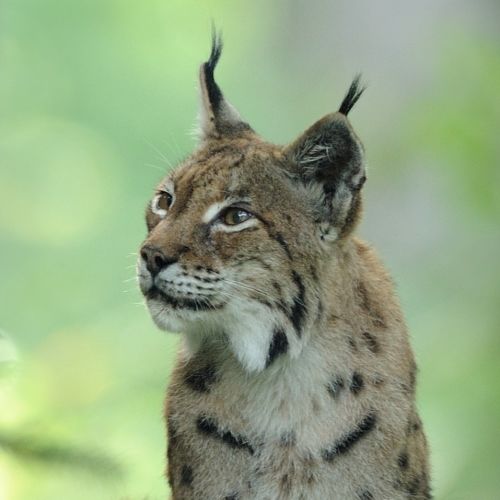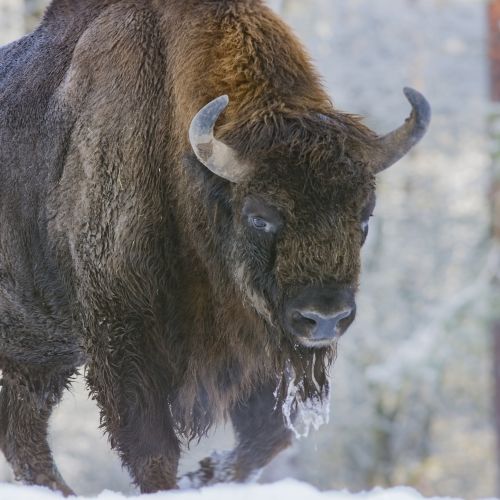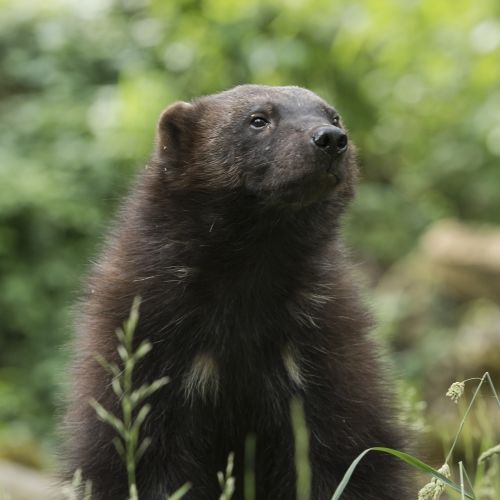The black stork
In the dense forest bathed in golden green light, you can hear a river humming... Centenarian oaks stretch their crowns towards the sky as if attempting to gently caress the slowly drifting clouds... At the heart of the vast and deep blue sky glides a wading bird with an impressive wing span. It's a black stork. The bird is quite something, a sight to behold. Slowly it begins its descent and journeys towards the nest it has built in a hidden corner of the forest...
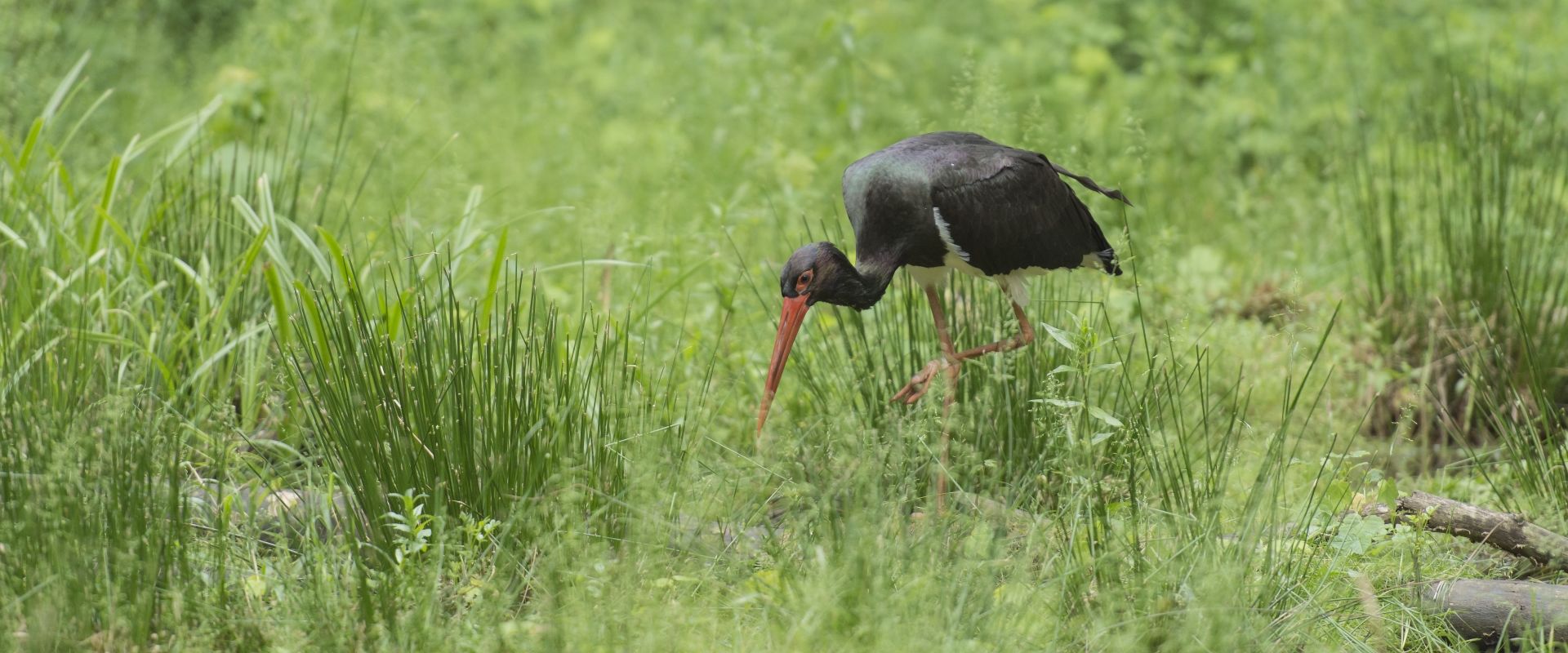
A black beauty
The black stork is not as well known as its cousin the white stork. It is a discreet, shy bird that avoids all human contact. While the white stork often nests in town centres and on roofs, the black stork prefers the tranquillity of the forest, far away from mankind. It builds its nest in trees, at more than a dozen meters from the ground and nearby waterways, lakes or marshes. The black stork feed mainly on frogs, insects and fish.
Just like the white stork, the black stork migrates. It spends half the year (from September to Mars) in warmer climes. It uses thermals (rising currents of warm air) to glide and use as little energy as possible. By riding the air currents, they can fly 200 to 300 km per day during their migration!
Persecuted in the past, the black stork had disappeared from our land only to settle back again in the 70's-80's. Nowadays it can be found in Wallonia, to the south of the rivers Sambre and Meuse.

Social life
The black stork is essentially a solitary animal that lives in small groups. Its breeding period starts as soon as it returns from migration, from April to May. The female usually lays 3 to 5 eggs. The eggs are then brooded on by both parents for 38 to 42 days. When the young are born, their parents feed them by regurgitating in the nest. The fledgelings leave the nest when they're about 2 months old. Sometimes, when food is scarce, the weakest birds are killed by the parents. Reducing the size of the brood improves the survival chances of the other young birds.
Did you know that?
In Belgium, you can observe the black stork migration. They fly across our sky from late August to late September, journeying towards warmer climes: Africa and India.
Nowadays, the black stork's habitat is reduced because of deforestation, intensive agriculture and the general degradation of nature in its wintering spots.

Discover the European Big 5
The bison, the wolverine, the wolf, the lynx and the brown bear
